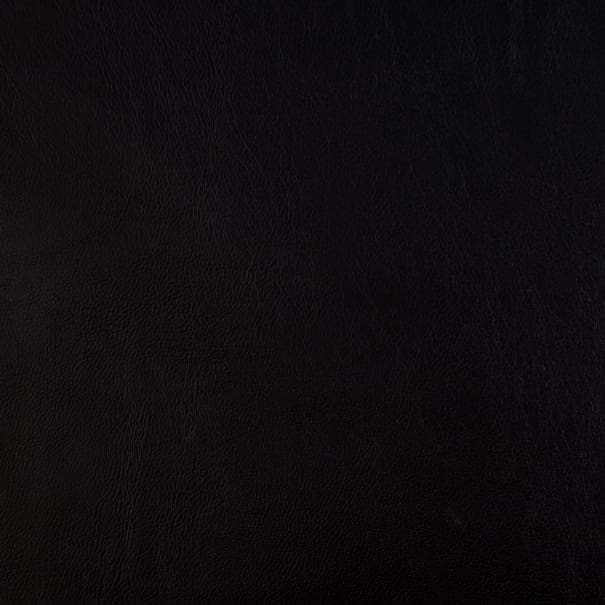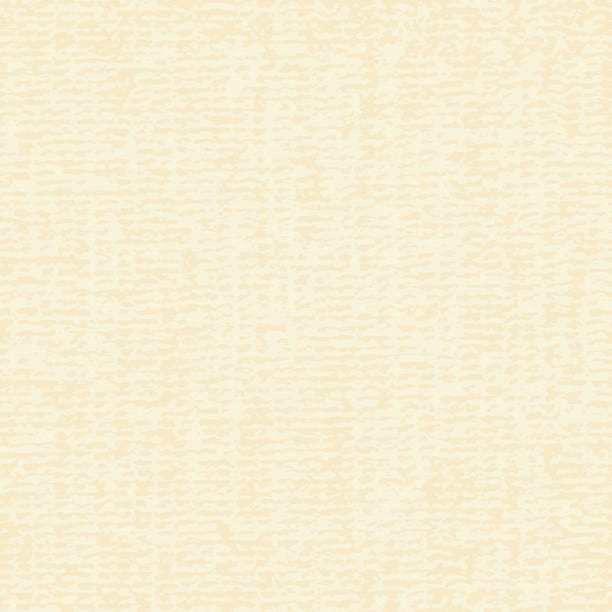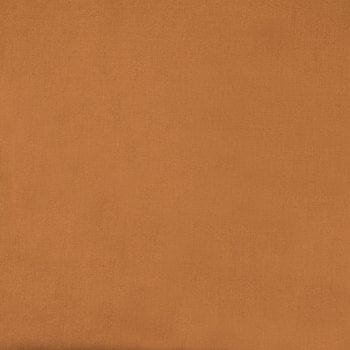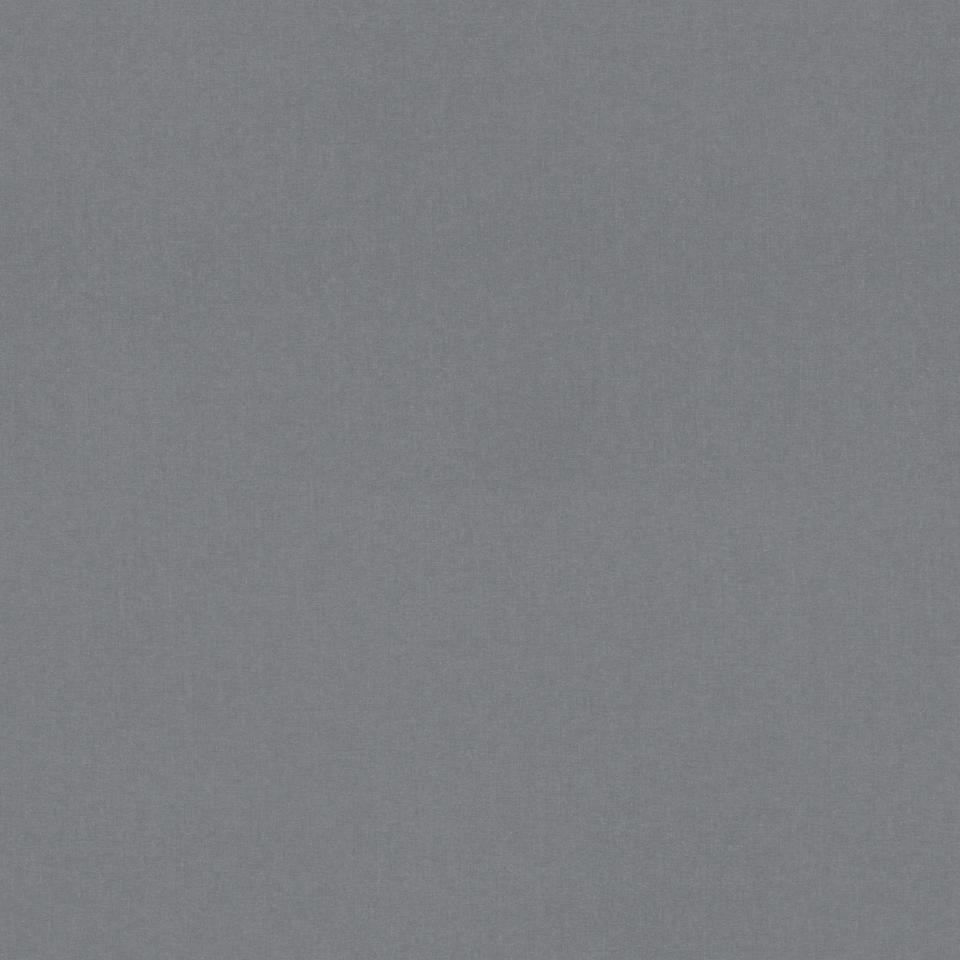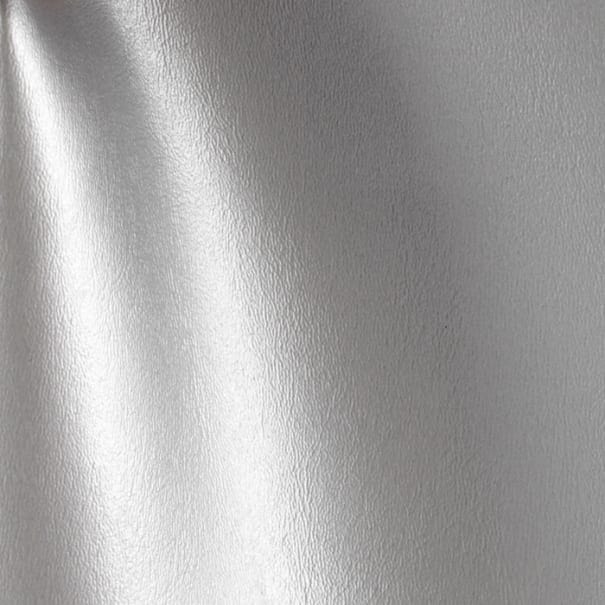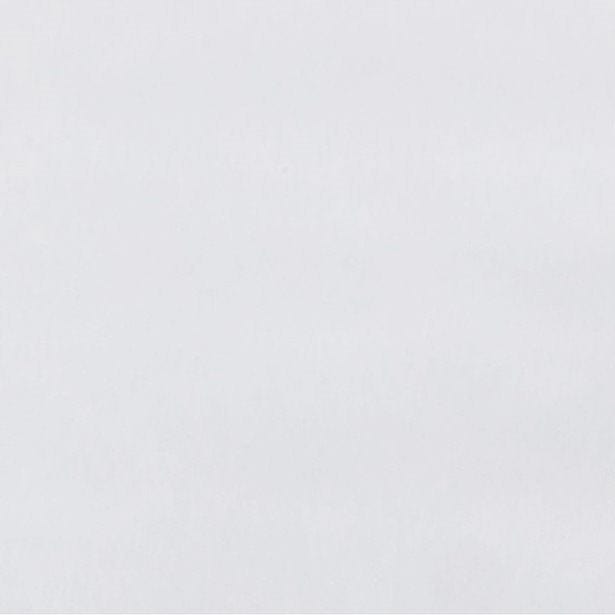How to Choose the Right Tile Adhesive
Do you have this embarrassing feeling that the range of tile adhesives in your DIY store makes you really dizzy? And in-store consultants don’t make the process of choosing easier, when puffing one product, while neglecting other brands. Sure, you can put trust in professionals, implementing your ideas, but what if it is supposed to be a DIY project? Then, you need to learn how to choose tile adhesive all by yourself based on several key factors we are going to tell about.
Area of Application
Tile can be intended either for outdoor or indoor application, since it is obvious that exterior projects are exposed to more aggressive environment, while outdoor application implies stricter requirement as to emissions, which can be dangerous to one’s health. Needless to say that the rule is also applicable to tile adhesive:
Type of Tile
Most of ceramic, porcelain, stone, metal or glass tile can be laid with multipurpose adhesive – usually, manufactures label their products specifying several types of tile they can be used for. However, there are certain cases, where you will need tile adhesive with specific characteristics.
Adhesive Composition
Despite the abundance of tile adhesives in stores, there are only limited types of them based on their composition:
It is dry mortar with a cement content of up to 90% supplemented with sand and modifying additives. It is easy to work with, since you need to only add some water, and it can be used with multiple types of tiles, including when they are fixed to a concrete base. It is rather cheap and universal, and it can also be used for surface leveling, where there is a need to repair minor defects. On the other hand, the thinset mortar needs to be applied in a thick layer, which increases its consumption.
It is adhesive paste, which consists of organic binding agents, mineral fillers, and special additives. It comes in a form of premixed mortar and can be used right off the bat, thus saving your time and producing less dust. Besides, it gives you about 40 minutes to level tiles before the adhesive starts drying. This is popular ceramic tile adhesive that can cope with complex substrates, ensuring good sticking even when you lay new tiles over old ones. However, it doesn’t work for lacquered surfaces like those of fiberboards.
It is single- or two-component glue that boasts both high elasticity and adhesion. It is frost proof and heat resistant, thus applicable to tiling unheated premises and exterior objects. Due to its elasticity, it is possible to use the adhesive in projects with high demands to vibration loads like stairs or columns. Two-component polyurethane-based tile adhesive can be applied to such complex substrates as plywood or cement bonded particle boards.
This is a two-component mortar based on epoxy resin with an addition of the hardener, which is required to be mixed before use. It is suitable for use on any substrates and boasts 100% water resistance, making it perfect for swimming pools, laundries, and bathrooms applications. Also, it features the highest adhesion and low-temperature resistance – the latter allows using this tile adhesive in outdoor projects. However, the epoxy-based adhesive is pricier compared to other options, so it makes sense to use it specifically in wet or heavy-duty areas.
For those do-it-yourselfers who are looking for the royal road, there is one more option, which is not adhesive in the truest sense of the word. It is roll material with a sticky bottom and top, both protected with film. You need to stick the bottom to surface to be tiled and then stick tiles to the top to complete the process. The mat saves your time, since you don’t need to wait until mortar dries, and allow hassle-free installation, as its adhesive layer doesn’t dry. Yet, this option is applicable only to light-weight tiles and doesn’t provide reliable adhesion. You can learn more about its pros and cons in this overview.


